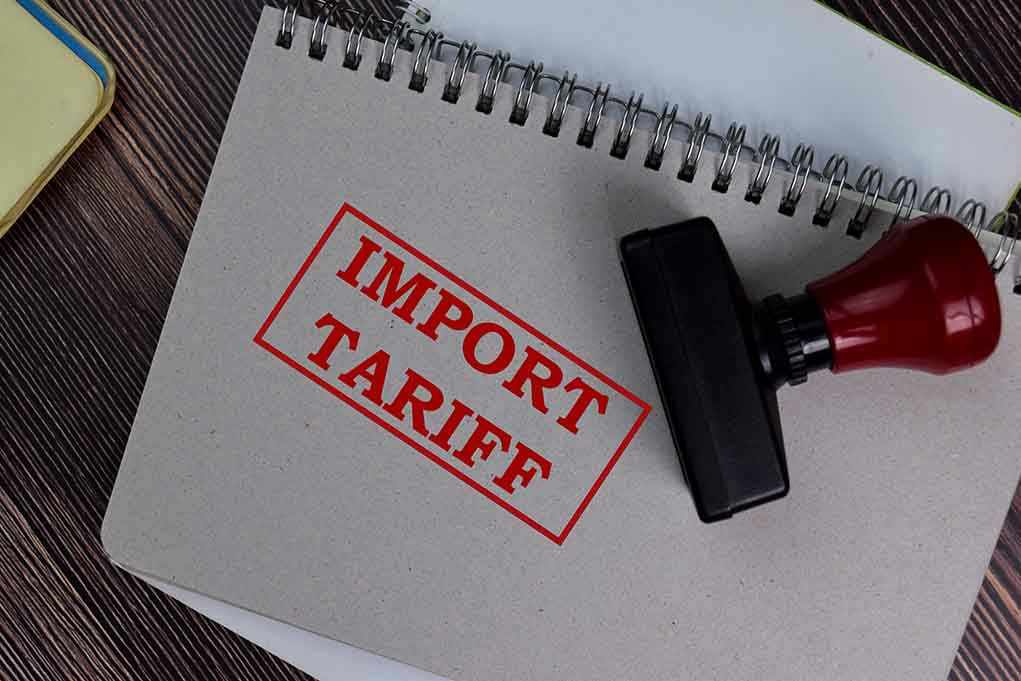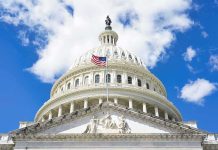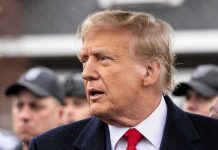
Trump’s tariffs are pouring record billions into U.S. coffers, marking a decisive financial turnaround even as critics warn of economic risks and legal showdowns loom.
Story Snapshot
- Tariffs initiated by President Trump have generated over $214.9 billion for the U.S. government in 2025 alone.
- September 2025 saw $31.3 billion collected in a single month, a near-record high for tariff revenue.
- The Supreme Court will soon review the legality of these tariffs, a move that could reshape future trade policy.
- Supporters tout tariffs as vital for American industry and fiscal strength, while critics raise concerns about cost impacts on businesses and consumers.
Trump’s Tariff Policies Deliver Unprecedented Revenue
The Trump administration’s aggressive tariff strategy is filling federal coffers at historic levels. After years of policies favoring free trade at any cost, the shift to targeted tariffs—especially against China and other major exporters—has produced $214.9 billion in revenue so far this year. September alone delivered $31.3 billion, underlining the dramatic fiscal impact of these measures. Supporters argue this is long-overdue payback after decades of unfair trade practices that have hollowed out American industry. Critics, however, highlight the risk of higher prices filtering down to everyday consumers and small businesses.
The roots of this revenue surge stretch back to 2018, when tariffs on steel and aluminum signaled the start of a new era in American trade policy. By 2019, the U.S.-China trade war escalated, resulting in broader tariffs that continued into Trump’s second term. Each step was designed to protect American jobs, narrow the trade deficit, and ensure that foreign competitors finally paid their fair share. Despite ongoing legal challenges and global pushback, the Trump team has doubled down, arguing that American sovereignty and economic independence are at stake. The Supreme Court is now set to weigh in, with hearings scheduled for November 2025 that could determine whether these tariffs endure or are forced to change.
Who Benefits and Who Pays: Impacts Across the Nation
Tariff policy has always drawn a sharp line between winners and losers. The U.S. government’s windfall comes mainly from foreign producers, but American businesses importing goods are often the ones paying the bills. Many pass these costs to consumers, leading to higher prices on everything from electronics to home appliances. For conservative Americans, the key victory is the restoration of leverage in global trade negotiations and the reinforcement of national economic strength—long considered a bedrock principle of constitutional governance and self-reliance. However, large corporations and retail groups voice concern about long-term competitiveness, urging caution as the legal and economic landscape evolves.
The numbers are hard to ignore: tariff revenue has climbed month after month, setting records and helping offset federal deficits without raising income taxes. The administration frames this as a win for taxpayers and a blow to globalist interests that previously dictated U.S. trade. Meanwhile, small businesses and consumers remain wary of potential inflationary effects. As policymakers and analysts debate the balance of benefits and burdens, the conservative base sees Trump’s tariffs as a necessary corrective to years of economic mismanagement and weakness on the world stage.
Legal Battles and the Future of Tariffs
The legal fate of Trump’s tariff program may soon rest in the hands of the Supreme Court. As challenges mount from affected businesses and international partners, the core questions involve both the limits of presidential authority and the broader principles of constitutional and economic law. Past precedents, such as the Smoot-Hawley Tariff Act and the Obama administration’s targeted tariffs, offer lessons but no clear roadmap. Industry experts are divided: some hail tariffs as an essential tool for protecting jobs and national interests, while others warn of ripple effects that could disrupt markets and strain global alliances. What is certain is that the outcome will shape not only America’s fiscal future, but also the enduring debate over how best to defend conservative values in an increasingly interconnected world.
Despite the polarized landscape, one fact cannot be dismissed: billions are now flowing into the U.S. treasury, and the debate over who wins—and who pays—will define the next chapter in America’s economic story.
Sources:
Back-to-back highs: August, September bring $62.6B tariff revenue — Fox Business
Tariff Tracker — Bipartisan Policy Center
The Effects of Tariffs on the US Economy and Workers — Congressional Budget Office (CBO)












